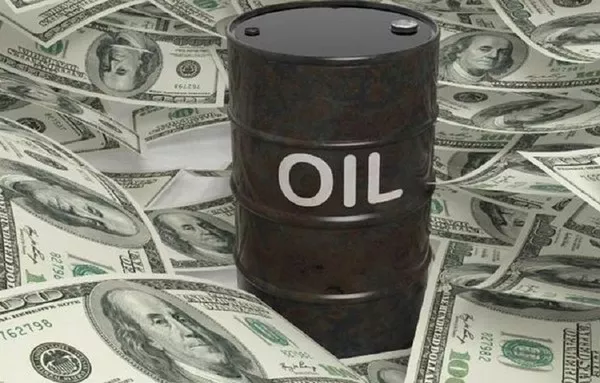Crude oil futures remained largely unchanged on Thursday, stabilizing after a week of volatility. Front-month April 2025 ICE Brent futures were trading at $74.53 per barrel at 1705 GMT, compared to Wednesday’s close of $74.61 per barrel, with a trading range between $74.24 and $75.40 per barrel.
Meanwhile, March 2025 NYMEX WTI was trading at $70.96 per barrel, slightly lower than Wednesday’s close of $71.03 per barrel.
Factors Impacting Prices
Oil benchmarks dropped by approximately 2% in the previous session, driven by fears of an escalating global trade war. Additionally, a significant increase in US crude inventories added downward pressure on prices. The primary concern for markets is the intensifying tariff dispute between the US and China, which could hinder global GDP growth and reduce oil demand.
China’s tariffs include surcharges on US energy supplies. However, Goldman Sachs believes that the retaliatory measures will have a limited effect on oil fundamentals, mainly causing rerouted shipments rather than shortages.
Iran Sanctions
Another major development this week was the US executive order aimed at increasing “maximum pressure” on Iran. This order threatens to cut Tehran’s oil revenues to zero unless a deal is reached regarding its nuclear program.
Crude prices initially spiked by more than $2 per barrel when the news broke on Tuesday, but the gains were short-lived as broader concerns about demand and bearish market sentiment took over. On Thursday, the Trump administration issued its first set of sanctions on Iran, targeting an international network allegedly facilitating the shipment of millions of barrels of crude to China. Despite the news, oil prices reacted only briefly.
Inventory Data
US crude oil stocks rose by 8.6 million barrels, according to the latest data from the EIA, despite increased refinery throughput. Gasoline inventories also increased by 2.2 million barrels, nearing the peak levels seen in January. Over the past 12 weeks, gasoline stockpiles have surged by more than 44 million barrels.
However, the cold Arctic blast in the US last week led to a sharp decline in distillate stocks, which fell by 5 million barrels, reaching a six-week low of 118.48 million barrels.
Saudi Aramco Price Adjustments
On Wednesday, Saudi Aramco raised the Official Selling Price (OSP) for its crudes loading in March, including the flagship Arab Light grade. This increase was driven by a surge in spot premiums for Middle Eastern crudes, partly due to the US sanctions on Russia. These sanctions primarily target Russian-controlled shipping, which supplies refineries in China and India, further tightening the global oil market.


